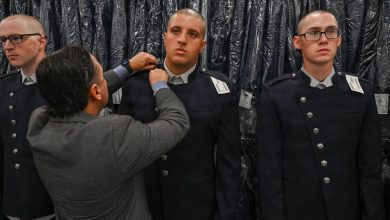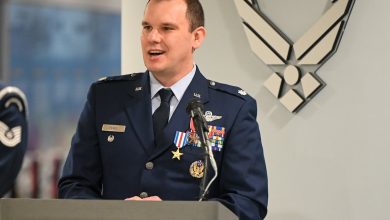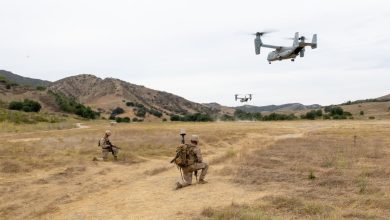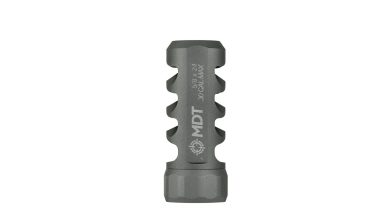No drones for Army squads, teams, 25th Infantry Division leader says
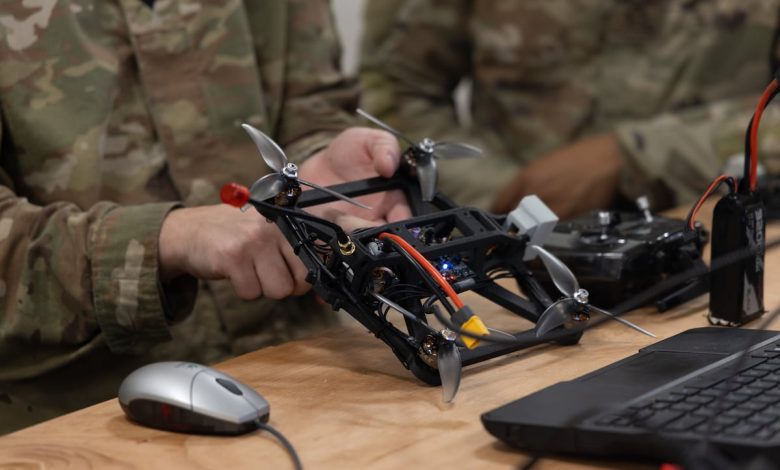
Amid a push to put more small drones in the hands of soldiers across the force, the U.S. Army is learning that there’s a ceiling to the number of unmanned systems that units can handle.
Col. Dave Lamborn, commander of 2nd Mobile Brigade, 25th Infantry Division, out of Hawaii, told a panel during the Association of the U.S. Army’s annual meeting in Washington that in division testing, the Army’s smallest units could be overtasked by the challenge of operating drones on top of all their conventional duties.
“I can tell you that there is certainly an upper level of useful number of devices to field out to tactical formations,” Lamborn said Tuesday.
The Pacific-based 25th ID has been a hub for Army technology testing, with a particular focus on small, 3D-printed drones, through the service’s Transformation in Contact initiative. Prior to recent experiments during exercises in the Philippines, the Army didn’t have a clear perspective on the ideal number of drones for small units to handle.
“There’s been a lot of talk about, ‘Hey, let’s get a lot of enablers down to the squad level,’” Lamborn said, citing tasks including controlling fire teams, maintaining weapons and shooting effectively. “And I certainly want to enable squads, but I also don’t want to encumber squads. … There’s enough stuff for these guys to do.”
The lower echelon that should operate its own drones, Lamborn said, is the platoon, which has roughly three dozen soldiers and can better handle the logistical burden and skill requirement of operating drones.
“A platoon leader has typically done integrating fire and maneuver at that level, and then the more robust of the items are at the company level, but not lower,” he said. “By pulling them back up a little bit, I’m also reducing the number of batteries that we’re going to have, the number of recharging stations, the distribution of that power, which proved to be a great challenge for us out in a jungle environment, quite frankly. So it helps in two ways.”
The Army’s pursuit of small unmanned systems that can fight and put eyes on the enemy has only intensified as they’ve emerged as an enabler of choice in Russia’s ongoing war in Ukraine.
Brig. Gen. Travis McIntosh, deputy commanding general of the 101st Airborne Division out of Fort Campbell, Kentucky, emphasized that current limitations and tradeoffs are affected by current technology, and the future of drone employment may look different.
The average brigade in the 101st currently has between 300 and 400 drones, according to McIntosh. Brigades can have up to 5,000 soldiers.
“Now, how many can [drones] you effectively employ? That brigade commander is standing there saying, ‘Do I want him to carry a mortar or … carry a drone? Do I bring ammunition on the helicopter, or do I bring batteries on the helicopter?’” he said. “So there’s some technological advancement that needs to occur, so that the answer to [how many drones a unit can handle] is unlimited.”
Read the full article here




